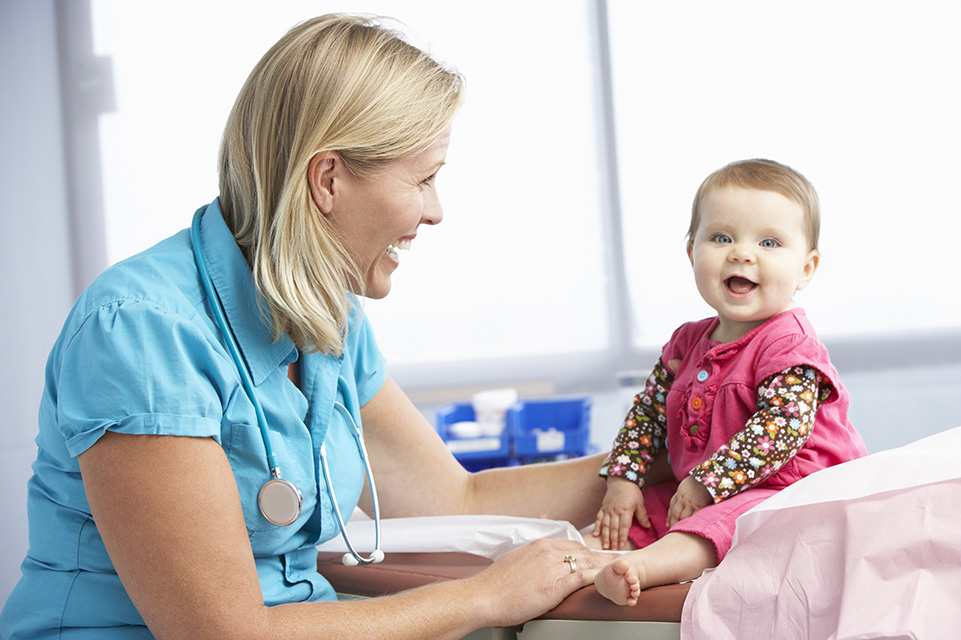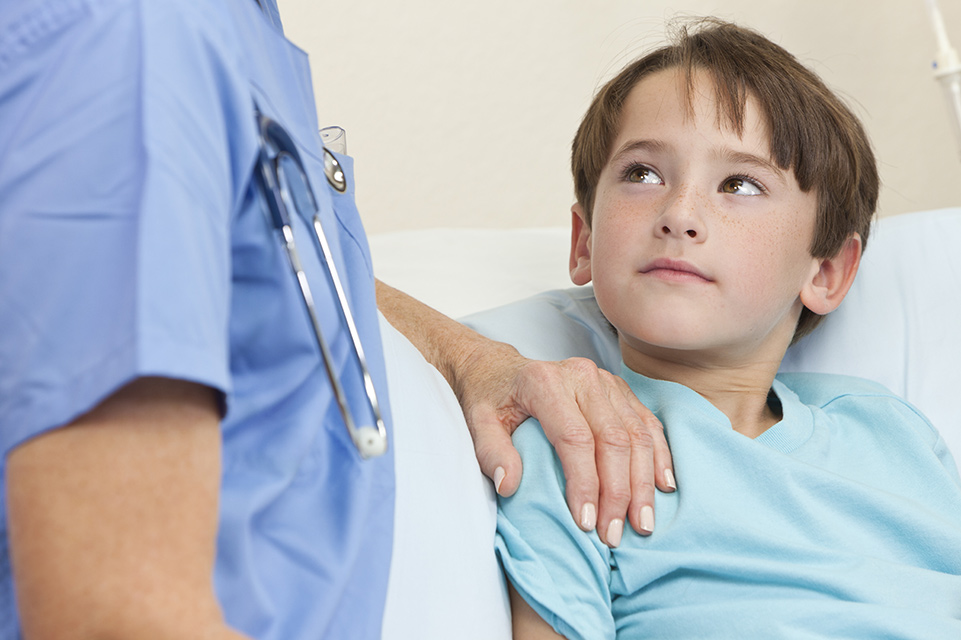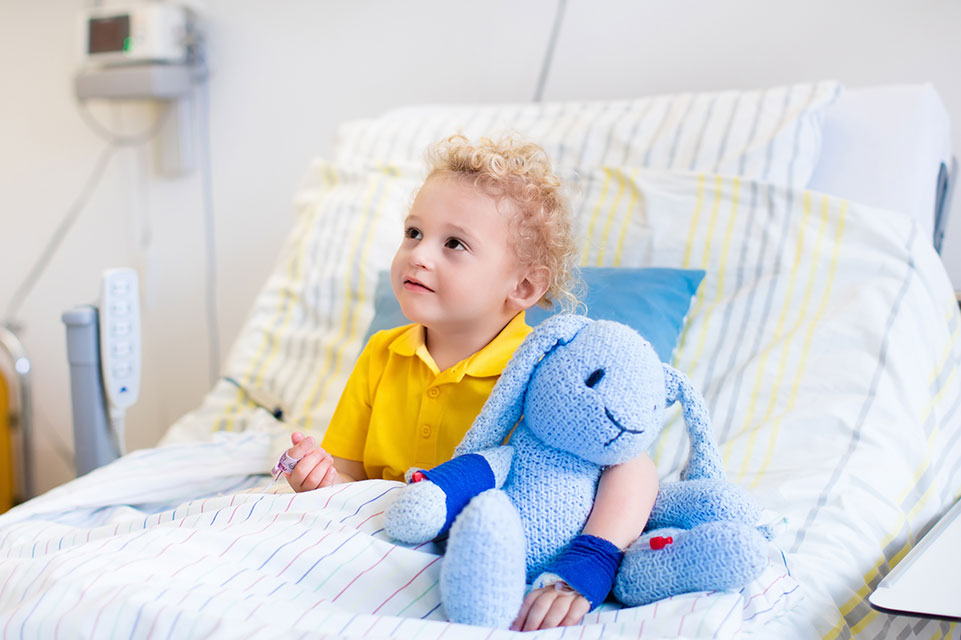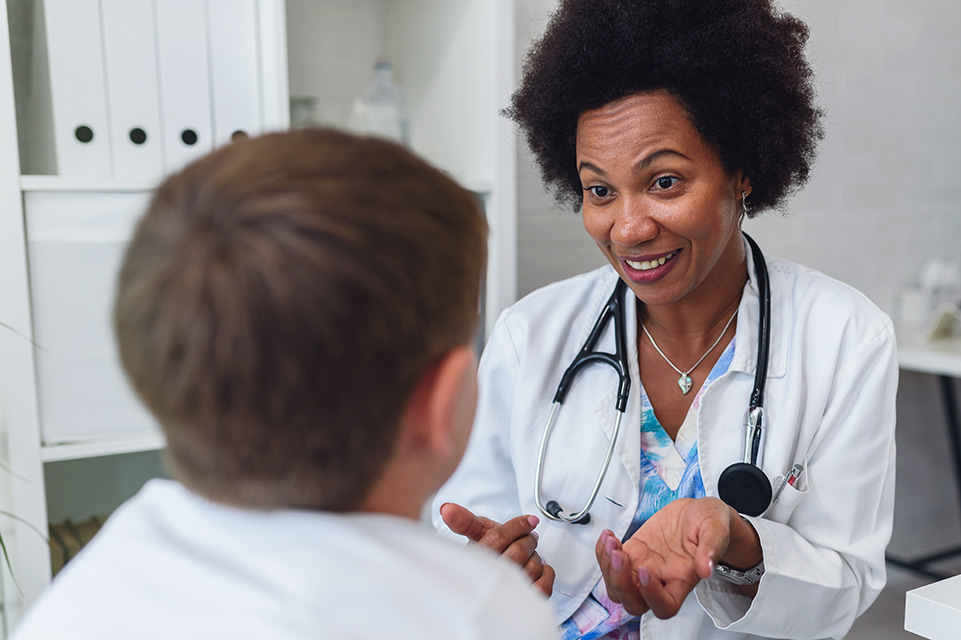Cloacal Malformation
Shriners Children's provides specialized care for children with cloacal malformations.
The goal of our colorectal and gastrointestinal specialty program is to provide children with anal-rectal disorders advanced care and rehabilitation that frees them from social stigma and allows them to live and play like other children.
What is a Cloacal Malformation?
A cloaca is a malformation in females where the rectum, vagina and urinary tract are fused together, creating a single common channel. In normal anatomy, these openings are separate. Cloacas affect one of every 20,000 to 25,000 newborn girls. They are most often diagnosed just after the baby is born but occasionally there are clues on the prenatal ultra sound.
The diagnosis and treatment of cloacal malformations requires a collaborative effort by experienced pediatric general surgeons, pediatric urologists, pediatric gynecologists and other specialists.
How do We Evaluate and Care for Children with Cloacal Malformations?
The initial evaluation and immediate treatment will:
- Identify all the possible defects related to this condition
- Provide drainage of the urinary tract, usually the decompression of the gynocologic system connected to it
- Divert the bowel, to allow waste to exit the body, using a colostomy (an opening of the bowel through the abdomen (stomach area))
Diagnostic tests in the newborn period include: ultrasonography of the kidneys, bladder and other pelvic organs, X-rays of the spine and sacrum, and spinal ultrasound.
Once the child is stable and able to eliminate urine and waste from her body, the surgical team will determine the appropriate course of treatment. Cloaca anatomy can vary widely, and the complexity of the surgical reconstruction also varies.
Surgery corrects the malformation, and it may allow your child to develop good bowel control. Despite surgery, some children have poor bowel control due to factors like:
- The type of malformation
- Whether the child also has problems with the spine
- How well the pelvic muscles developed
We provide follow-up care to monitor your child’s health, prevent problems, manage symptoms and give your child the best quality of life.
Specific treatments and services may vary by location. Please contact a specific location for more information.
Associated Conditions and More on Treatments
Identifying other abnormalities or defects is the main priority in confirming the diagnosis and treatment of cloaca deformities and malformations. These abnormalities typically involve the urinary system, the gynecologic organs, such as the vagina and uterus, and the lower back and spinal column.
Urinary System and Gynecologic Organs
About half of patients with cloacas also have a defect affecting their urinary and gynecologic organs. Some children may have only one kidney, or they have urine that backs up into the kidneys (vesicoureteral reflux) or enlargement of the kidney drainage system (hydronephrosis).
Another potential problem is hydrocolpos. This is a condition where fluid collects within the vagina and uterus that may press on the base of the bladder neck, causing a blockage of the ureters, which does not allow them to drain into the bladder.
About half of girls with cloaca will have problems with gynecologic organs that may affect these organs’ functions later in life, including the ability to give birth.
Spinal and Sacral Defects
The sacrum, or small bones found in the lower back, can often be affected. Sometimes one or more of the bones may be missing. More often though, the sacrum may be smaller and not formed correctly. In some cases, the spinal cord may be incorrectly positioned within the bones of the spinal column, and this condition, called tethered cord, may need repair.
More on Treatment Types
While the initial surgical goal is to stabilize the child and relieve blockages in the urinary and intestinal tract, the long-range goals are directed at restoring anatomy and function.
Diagnostic tests of the cloaca help determine the length of the common channel as well as other important aspects that determine the best way to correct the malformation.
Patients usually fall into one of two groups, with each requiring a different treatment approach. The first group involves girls that are born with a common channel shorter than 3 centimeters, or smaller than one inch. For most of these patients, the cloaca can be repaired without the need for an incision through the abdominal (stomach) area.
The second group includes patients with longer common channels. These patients usually need a laparotomy, or incision through the abdominal area. Decisions must also be made about urinary and vaginal reconstruction or replacement. These types of corrective surgery are best handled in centers with a team that specializes in the repair of these defects, and have collaboration between pediatric colorectal surgery, urology and gynecology departments.
Understanding your Child's Colorectal and Gastrointestinal (GI) Appointment(s)
On the first visit, parents and children typically come for a group overview and educational presentation about bowel management. Our doctors and nurses explain the medicines, enemas and diets we use as treatment options. Each family has a one-on-one clinic visit with a provider from the program to make a plan for their child.
If referred to one of our locations for a more complex condition or surgery, you and your child go directly to the one-on-one visit with one of our providers to build an individualized plan of care.
Sometimes, when deemed appropriate, your child may have a bowel X-ray. This helps us with diagnoses and check whether your child’s plan is working. A nurse from our program will talk with you either in person or by phone to discuss your child’s results.
Our goal is for your child to empty their bowel daily with no accidents and to live with as few limitations as possible. Success depends on your child’s condition and following your plan closely.
How We Support Your Child’s Total Health and Well-Being
Families and patients say that Shriners Children’s feels like home to them, and it's no wonder to us. We know that a child's needs go beyond the physical. Our care teams support their social, emotional and developmental health with patient programs and activities.
A few examples include:
- Child life enrichment
- Creative arts
- Live entertainment
- Music therapy
- On-site public schooling
- Pet therapy
- School and community re-entry program
- Specialty camps
- Therapeutic recreation
Dr. Hirose respected me as a mother and took my extensive knowledge of Jordyn’s medical condition into consideration during the decision-making process

Pediatric Surgeons that Specialize in Colorectal Care
Innovative Treatments
View All Related Treatments
Anoplasty

Colonic Irrigation

Colon Resection

Gastrostomy Tube Placement

Ileostomy

Ostomy Creation and Closure

Rectal Botox


